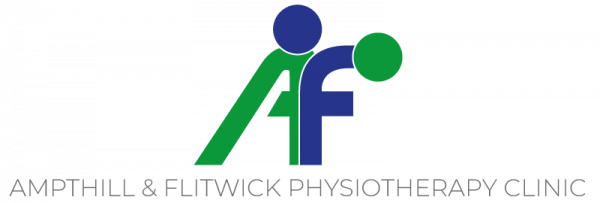
Gynaecological problems can affect any woman, particularly after childbirth or surgery.
Sources of the problem
Incontinence. This may be a problem post-childbirth, especially when the baby’s head has been pressing on the pudendal nerve before and during labour. It can also be general muscle weakness of the pelvic floor and the abdomen following pregnancy and gynaecological operations such as hysterectomy and Caesarian section. It can also be caused by vaginal prolapses related to childbirth.
Pubic Symphisis Pain
This can be caused by pregnancy, a road traffic accident, a fall or post pelvic fracture.
Problems associated with pregnancy
These can be problems such as low back pain and sacroiliac joint pain, with or without referred pain to the legs.
How it can be treated, and what to expect at the physiotherapy clinic
Internal examination may be performed if pelvic floor muscle strength needs to be assessed. The physiotherapist will use detailed questioning to determine the cause and nature of the problem. A physical examination of the associated joints and muscle of the pelvic area will be carried out. Treatment modalities include exercises, ergonomics and postural advice, dietary advice and advice on fluid intake, electrotherapy and manual therapy. Pelvic support belts can also be utilised, and TENS machines can be borrowed for use in labour.
Prevention methods
Postural and ergonomic advice is given to new mothers to help avoid any spinal or pelvic problems.
- Pelvic floor exercises should be performed pre-and post-natally.
- Early advice should be sought if you are aware of any pre- or post-natal problems.
- Smoking and obesity are two contributory factors.
- Make sure you treat any associated medical conditions, for example, repeated urinary tract infections such as cystitis.

 Nearly two thirds of the population of the UK have experienced back pain which affects their ability to carry out daily tasks such as lifting or bending. 2.5 million people suffer back pain every day of the week. More working days are lost in this country through back pain than for any other reason.
Nearly two thirds of the population of the UK have experienced back pain which affects their ability to carry out daily tasks such as lifting or bending. 2.5 million people suffer back pain every day of the week. More working days are lost in this country through back pain than for any other reason.